These searches are an attorney quest but search providers neglect them

Whether a corporate or a law firm, it relies somewhat or more on different search vendors for IP related searches. Generally, they have to be choosy and pick one or two good search vendors (out of the bunch) who could help them with the required searches. But, this is a case only with the most […]
How we found references in non patent literature without performing an NPL search?
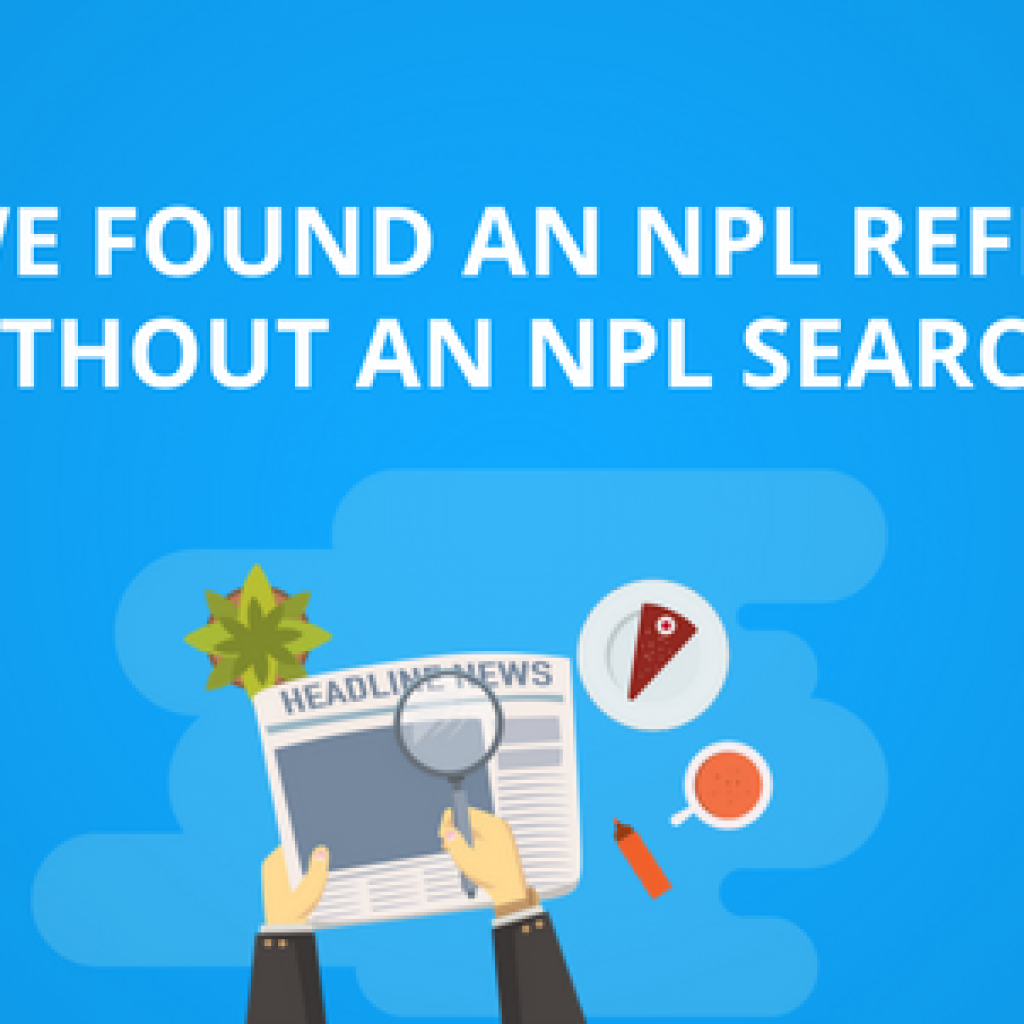
Prior art search is a big part of the work we do. When we started, we were convinced that prior art searches should never be run with a set framework where only the following few defined steps will lead to a result. Since X type results can be anywhere and they do not follow a […]
Visual Memory vs NVidia – What led Federal Circuit Reversed District Court Decision to Declare Claims Disclosing Programmable Memory System Patent Eligible Subject Matter?
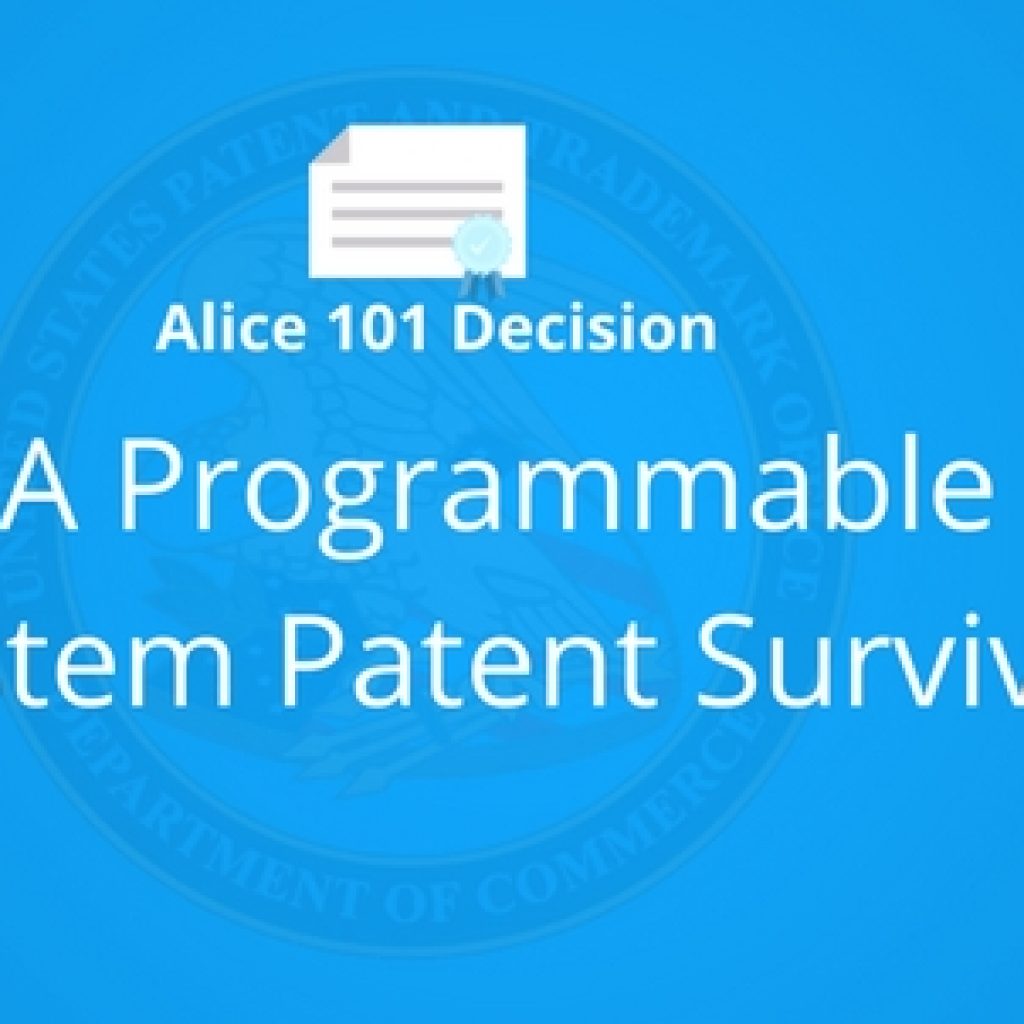
Visual Memory sued NVIDIA for infringing its US5953740 patent. NVIDIA in a response filed a motion under Rule 12(b)(6) which was granted by the district court. The district court scrutinized claims of 740 patent under the step one of the Alice Test and found the claims to be directed to the “abstract idea of categorical data […]
Prior art search – 4 Cases where finding reference was next to impossible
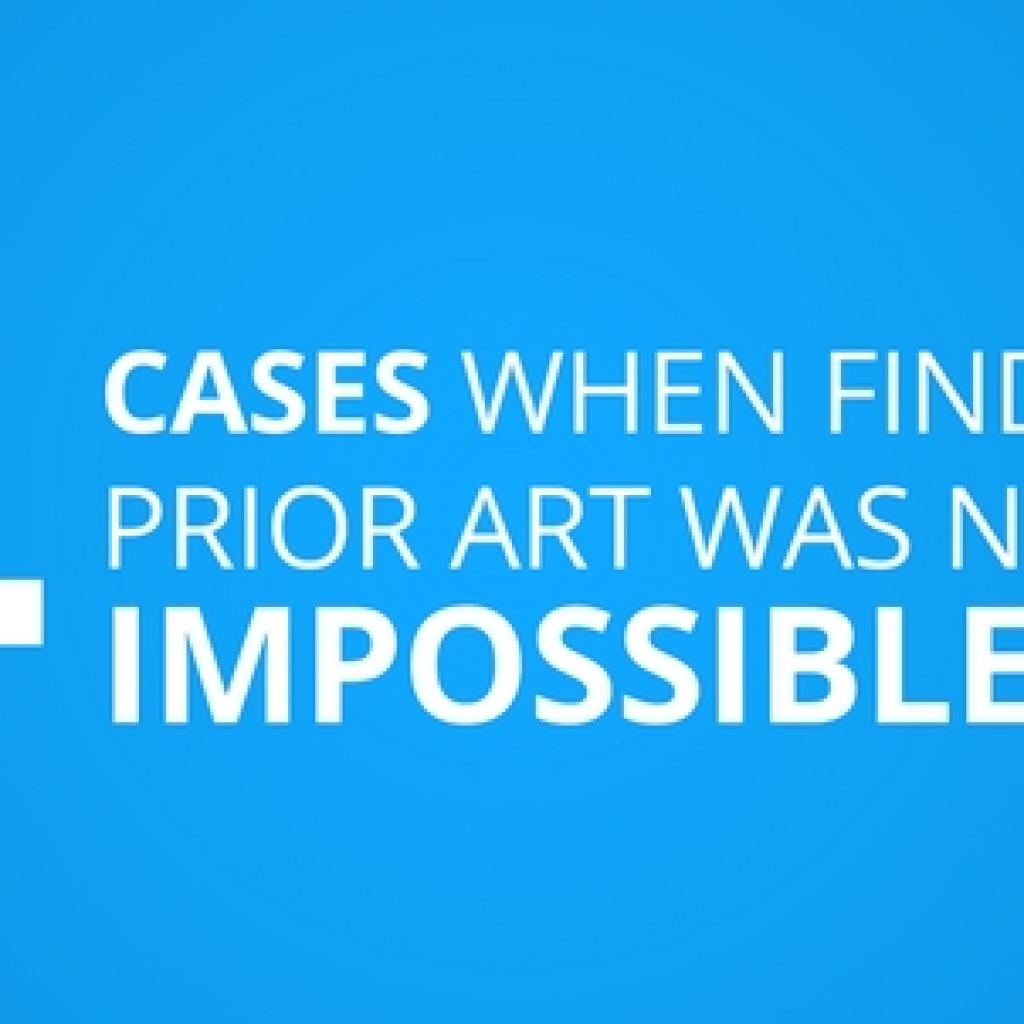
Invalidation searches are not a cakewalk. That’s why a lot of time many prior art search service providers or your in-house team fail to return with a result you needed. Weak results or no results lead to weak arguments that hamper your chances to win litigation. Well, it turns out, you can find results if […]
How we found hint of a prior art in PTAB docs during a Patent Validity Analysis?

You will agree when I say it’s not always the hard work that leads you to success. Experience plays its sweet role by equipping you with abilities to make decisions that optimize and simplify a task which may be difficult otherwise. And when you combine such optimization with the art of smart work, you can […]
Cosmo Technologies Vs. Sun Pharmaceuticals – Why US9320716 May Get Invalidated?

US9320716– An apparent sword in the arsenal of Cosmo Technologies -a subsidiary of COSMO Pharmaceuticals- has been on the battlefield a lot, lately. This weapon of choice, both individually and in combination with others, has been used to rage lawsuits against big pharma companies including the likes of – Sun Pharmaceutical, Mylan Pharmaceutical, Lupin Limited, […]
How to Select A Better Search Partner?

“Tis’ the era of outsourcing!” And there’s nothing particularly wrong with it. This is especially true for In-house counsels and Patent Attorneys who are trying to find prior art to save their clients’ royalty dollars in litigation. An amazing strategy, finding prior art for a patent being infringed, despite ingenuity, can get quite onerous and […]
FTO Inspired Landscapes – A Way to Optimize Freedom to Operate Studies
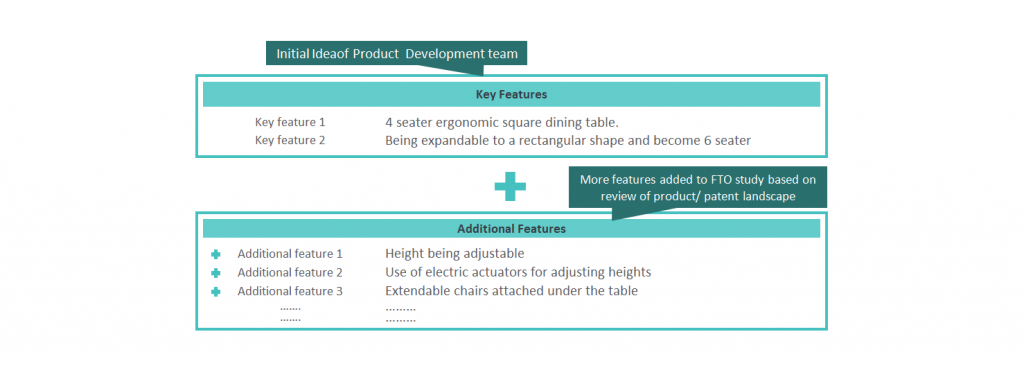
Ask a bunch of patent counsel how do they feel about performing a Freedom to Operate study, and you may hear a collective groan from the whole group. No doubt – performing an FTO is a cumbersome and time-consuming process. And yet, the importance of ‘freedom to operate’ or ‘clearance’ search during the development phase […]
How we use 3G and GSM concepts to invalidate 4G LTE Patents?
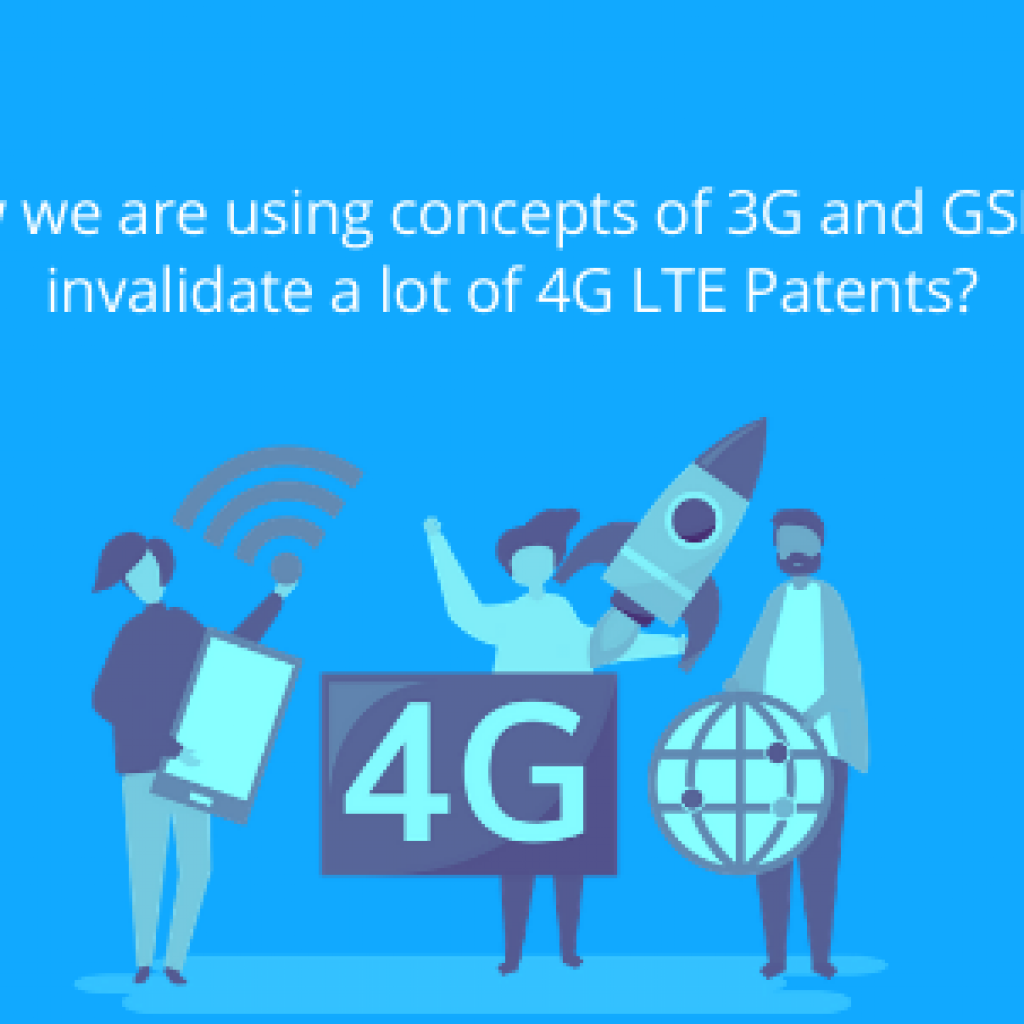
Of late, we have been performing a lot of invalidation searches on patents of 4G LTE. And I noticed a weird pattern – call it insight if you would like to – that I didn’t discover earlier while working on patents of 4G. The technique that I used in this patent prior art search for […]
BlackBerry Vs. Nokia – Why we believe US8861433 can be invalidated?

I am very fond of Nokia and its products. Mostly because I feel they have greatly contributed to developing various 3GPP standards. So when I found out that Blackberry was suing Nokia (Source) and that too for a 3GPP related invention, I was intrigued. To quench my curiosity, I took a deep dive into the […]
NEO – How This One Tool Helps Find Better Prior Art?

Race of finding better prior art that can influence an IPR or patent litigation is the need of the hour. Such searches have become increasingly important in recent times, given the huge increase in the number of litigations and IPRs filed with every passing day. However, locating a bang-on prior-art is not a piece of […]
The Cloud Communication Platform Giant Twilio’s Patent US8738051 Can Get Invalidated
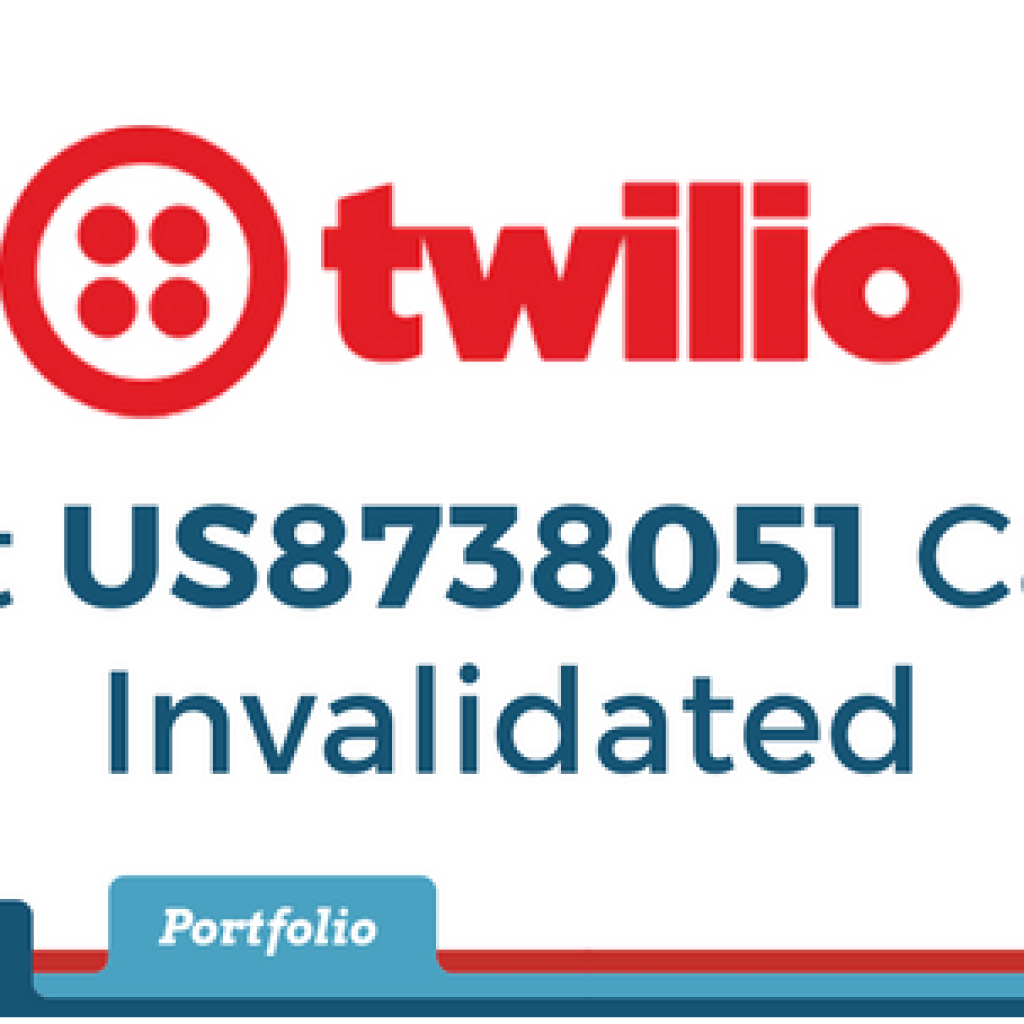
Less than a month ago, Twilio Inc. filed a suit against Telesign Corporation for willful patent infringement. According to the complaint by Twilio, Telesign was a previous customer, and its co-founder and vice-president of product strategy Stacy Stubblefield had a private Twilio account. Twilio accused that Telesign’s engineers learned of the technology and API used by […]
Visual Effect Innovations vs. NVIDIA Corporation – We think US8864304 and US9167235 could get Easily Invalidated

On December 1, 2016, Visual Effect LLC filed a lawsuit against NVIDIA Corporation for infringing two of its patents US8864304 and US9167235– for which it demanded a trial by jury. Filed in the District Court for the Eastern District of Texas, according to the complaint, NVIDIA‘s active 3D glasses infringed primarily on Claim 1 of both […]
Cantigny vs Intermatic – How Intermatic could win this patent fight?
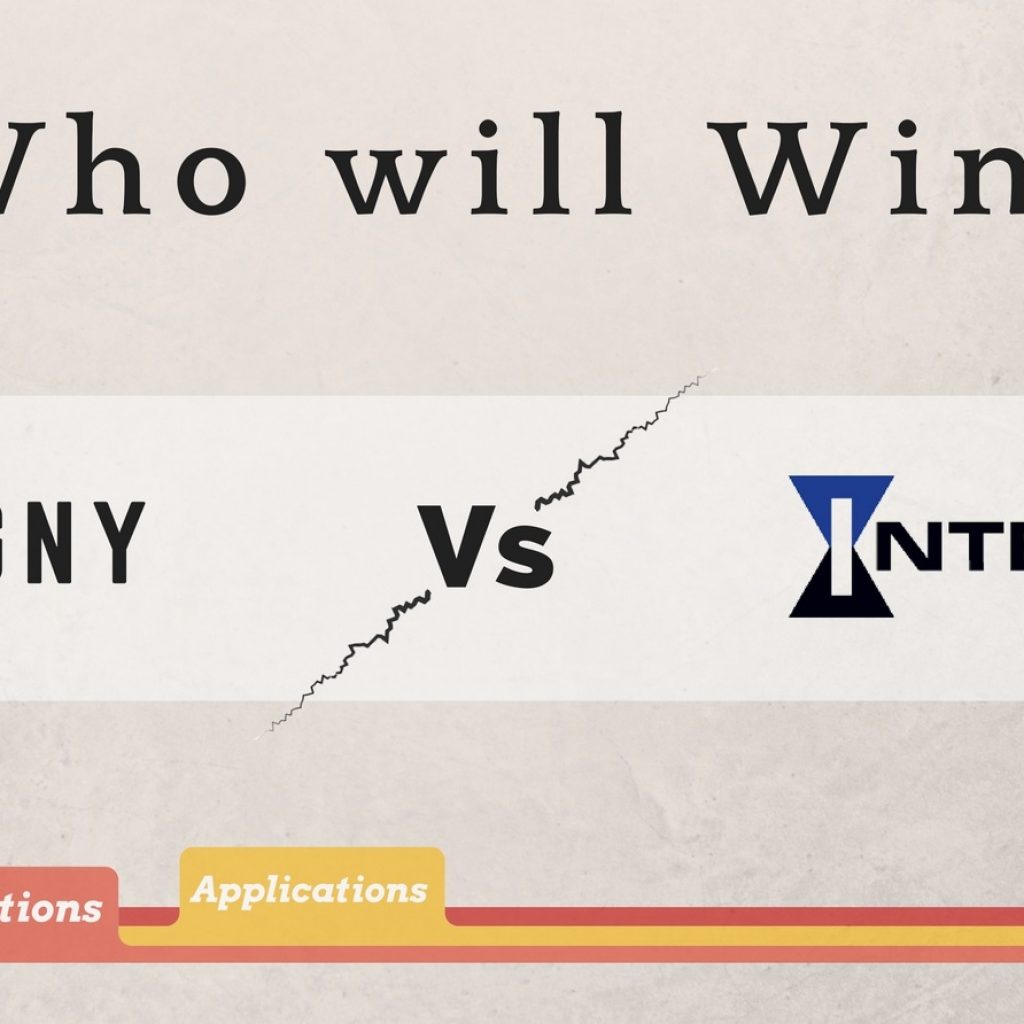
Do you know that nearly one-third of the patents involved in litigation were found to be invalid? Well, if you feel this number is high then you will find it difficult to accept our belief – We feel nearly 50% of the patents can be invalidated. We have been performing a lot of preliminary analysis […]
After Alice, this decision might invalidate numerous method patents
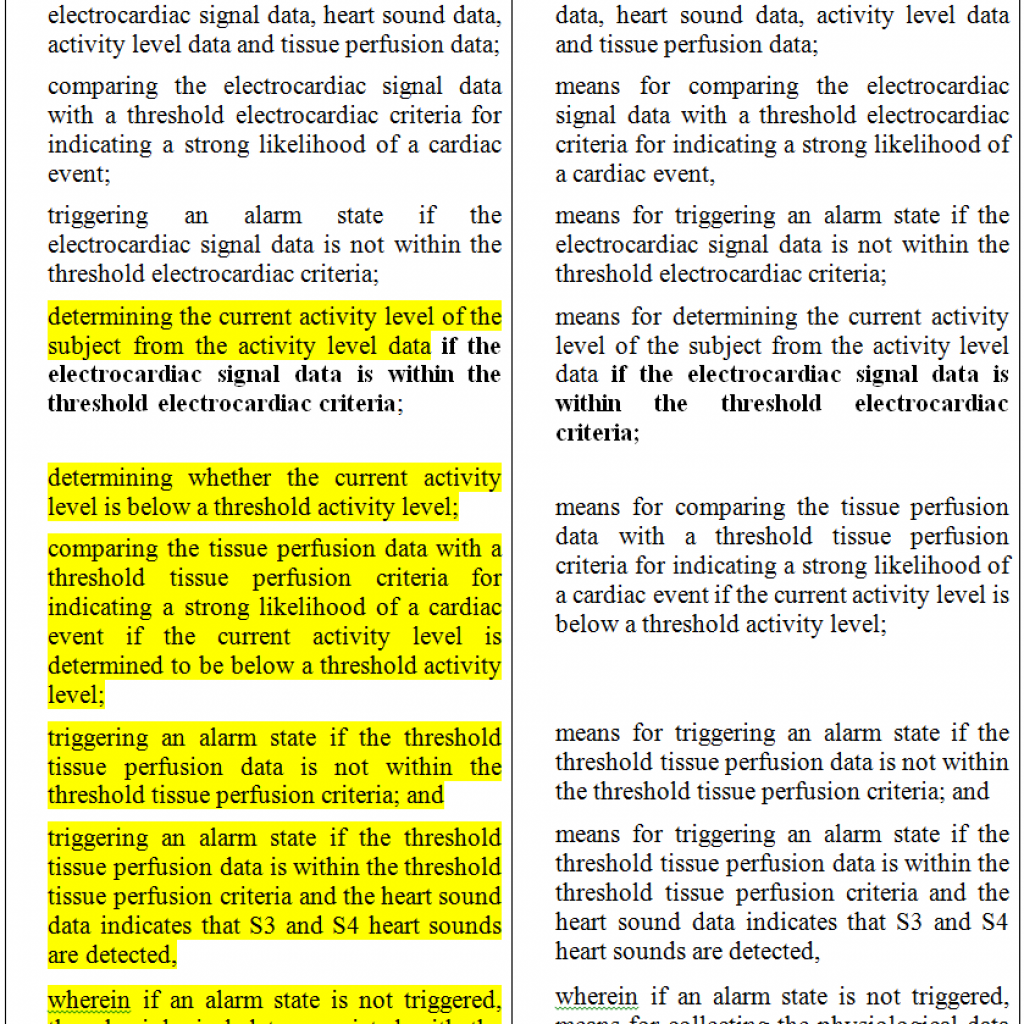
Recent affirmation of an Examiner’s rejection by Patent Trial and Appeal Board (PTAB) in response to an applicants’ appeal (2013-007847 – Ex Parte Randal C. Schulhauser) seem to open a new door for invalidating method patents. After the Alice based rejection, this case seems to be a good candidate capable of setting up a new […]
Smart Ways to Perform Patent Invalidity Searches for Mathematical Expressions
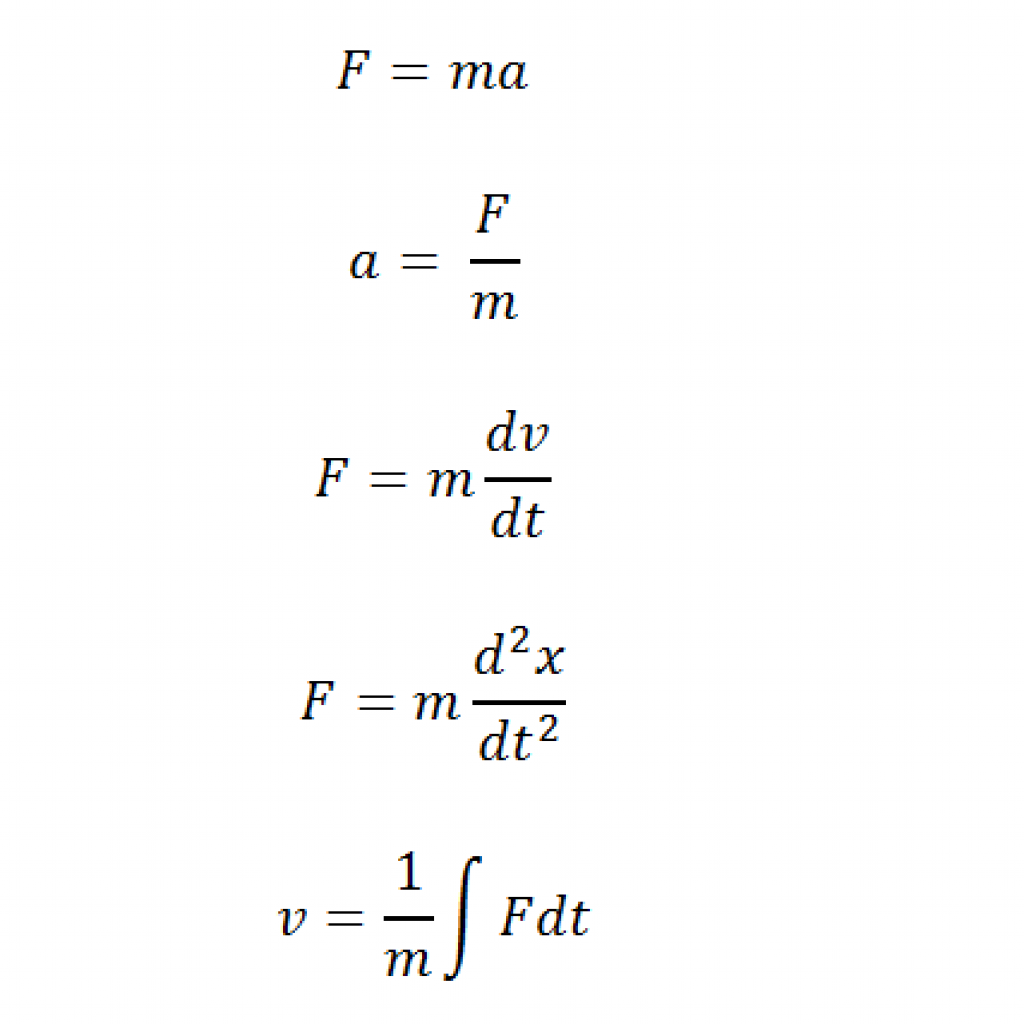
Have you ever had a case where you had to perform an invalidation search and you need a prior art for a claim at the heart of which has a mathematical expression? Needless to say, you wouldn’t like gambling your case on just any prior art. Are you wondering what could be sophisticated approaches here for […]
